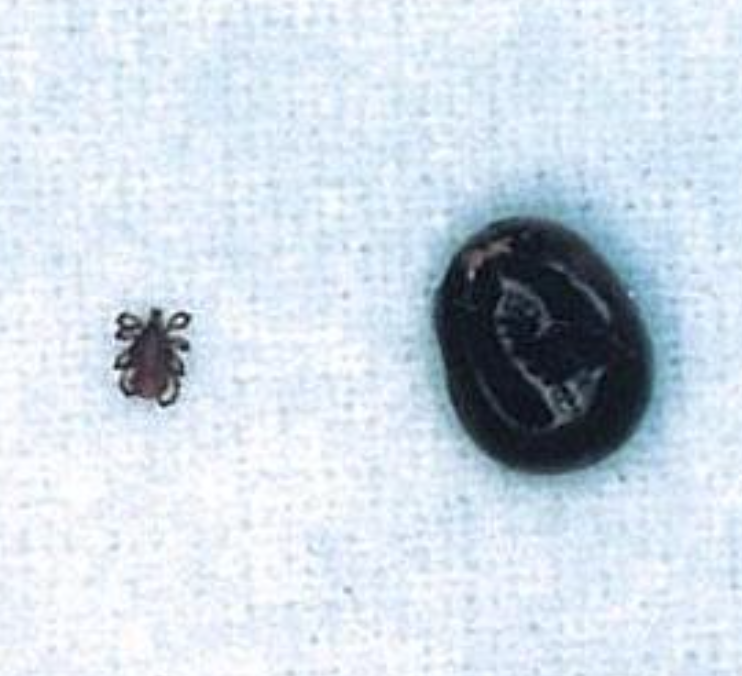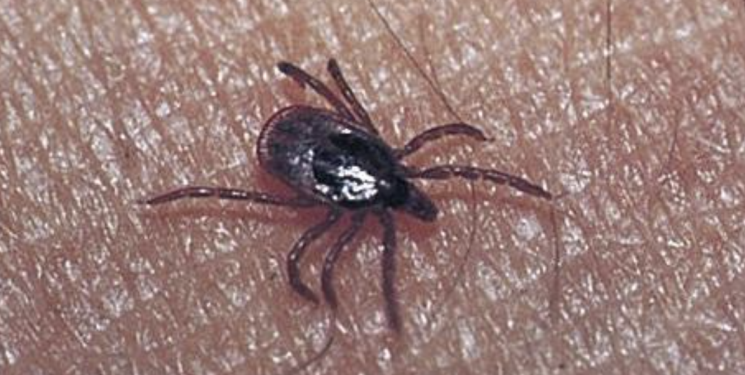First Animal Death Confirmed from SFTS Infection
Japanese Health Authorities Warn: “Nationwide Risk, Caution Needed”
A case has been confirmed in Tokyo, Japan, where a pet dog raised indoors died after being infected with Severe Fever with Thrombocytopenia Syndrome (SFTS), a tick-borne infectious disease. This is the first time an animal has died from SFTS in Tokyo.

Appearance of the tick before and after feeding. Tokyo Metropolitan Health and Medical Bureau, Japan
On October 10, the Sankei Shimbun reported that the first case of SFTS infection had occurred in Tokyo the previous day. The infected animal was a 15-year-old pet dog that had been kept exclusively indoors. Japanese health authorities warned that humans can be infected directly through ticks, but the disease can also be transmitted via infected dogs or cats. An official from the Tokyo Metropolitan Government cautioned, “The infection zones have spread nationwide, so it is safer to assume that there is a risk of infection anywhere in Japan.”
The infected dog began exhibiting symptoms of vomiting and diarrhea on September 2 and was taken to an animal hospital. While receiving treatment, the owner discovered a tick attached to the dog on September 18. A subsequent genetic test confirmed SFTS infection. Despite continued treatment, the dog died on September 27.
However, the Tokyo Metropolitan Government stated that the dog had underlying health conditions, so the causal relationship between the death and SFTS infection is unclear. It was also found that the dog had visited an area outside Tokyo in late August, and the exact route of infection has not been determined.

Tick. Tokyo Metropolitan Health and Medical Bureau
Severe Fever with Thrombocytopenia Syndrome is transmitted by bites from Haemaphysalis longicornis ticks carrying the SFTS virus. The fatality rate is 6 to 30 percent in humans, about 40 percent in dogs, and 60 percent in cats. In May of this year, a veterinarian in Mie Prefecture in southwestern Japan died after being infected while treating a cat.
SFTS was first identified in Yamaguchi Prefecture, Japan, in 2013, and has gradually spread, mainly in western regions such as Kyushu, Shikoku, and Chugoku. This year, infections have also been confirmed for the first time in Kanto and Hokkaido, expanding the affected areas and resulting in the highest annual number of cases on record.
An official from the Tokyo Metropolitan Government emphasized, “Currently, there is a risk of infection anywhere in Japan,” and advised, “Take precautions during outdoor activities and increase awareness of prevention and countermeasures.”
© The Asia Business Daily(www.asiae.co.kr). All rights reserved.


AloJapan.com